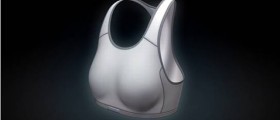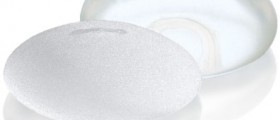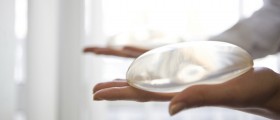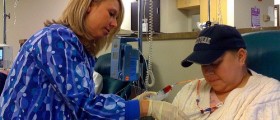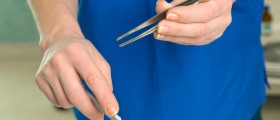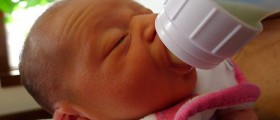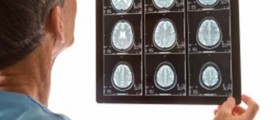Loading...
Loading...
Loading...
Loading...
Loading...
Loading...
Loading...
Loading...
Loading...
Loading...
Loading...
Loading...
Do some research first before you post about PET scans, because for one they are not suitable for breast screening and they also need to have a radioactive tracer dye injected into the body and that means any mother's would have to avoid kids for at least 12 of more untill the radioactivity has left the body not to mention some of the adverse side effects the radiation can have.
Below is a section from a site where someone has asked the same question and was answered by a qualified PET scan technician.
Q. I've been having PET-CT scans to look for any growth or spread of previously removed tumors. Are they as reliable in detecting breast cancer as a regular mammogram?
A. The short answer is no, PET-CT scans are not suitable substitutes for mammograms. Mammograms take advantage of the fact that most of the female breast is fat tissue, so it's relatively transparent to the low doses of radiation used in mammography. Very subtle changes in tissue architecture are apparent on a mammogram, as are small deposits of calcium that may in some cases signal the growth of a tumor. Today's mammograms can find lesions that are less than 1 centimeter (about half an inch) in diameter.
PET-CT scans do two things. Positron emission tomography (PET) uses glucose that has been tagged with radioactive molecules to identify tissue that's metabolically active. Many tumors have high rates of metabolism, so they tend to "light up" on a PET scan. Like a mammogram, computed tomography (CT) uses radiation, but it takes multiple views of a body part and assembles them into a detailed picture that can show the location and size of a cancerous growth.
PET-CT scans are used to follow some patients with lung cancer and lymphoma, but they're not recommended for screening women who have had breast cancer. Not all breast cancers are "PET avid": many breast cancer tumors have low rates of metabolism, so the PET part of the scan would miss them. In addition, tumors less than 1 centimeter in diameter don't show up very well on a PET-CT scan. Mammography may be the older technology, but it's actually better than PET-CT scans at detecting small cancerous growths.
PET-CT scans can be used to follow patients who have had recurrent breast cancer when the cancer has spread to other organs such as the bone, liver, lungs, or lymph nodes. However, even in these cases, PET-CT imaging isn't as reliable as it is for lung cancer or lymphoma.
Mammography isn't perfect. Even in the best of hands, there are false negatives — cases of breast cancer that the mammogram missed. For that reason, many women who are at high risk of developing breast cancer — such as those with a very strong family history of the disease — are encouraged to get a magnetic resonance imaging (MRI) scan as a screening test. Women who have equivocal findings on a mammogram, or whose mammogram can't be interpreted satisfactorily, may also benefit from MRI evaluation.
MRI imaging of the breast is very sensitive, which is both good and bad. If there's anything suspicious, it clarifies the anatomy with great precision and gives doctors a good idea whether future testing is warranted. But in women with normal breast tissue and no special breast cancer risk, it can lead to many unnecessary biopsies to evaluate the frequent "ditzels": small changes of unclear clinical significance that show up on an MRI scan.
Women with a personal history of breast cancer frequently want to know about tests for early detection of a recurrence. Breast cancer survivors should get annual mammograms, but right now, there's no recommendation that they get PET-CT scans or extra lab tests on a routine basis. Such scans and tests haven't been shown to improve long-term outcomes.
Loading...



_f_280x120.jpg)
